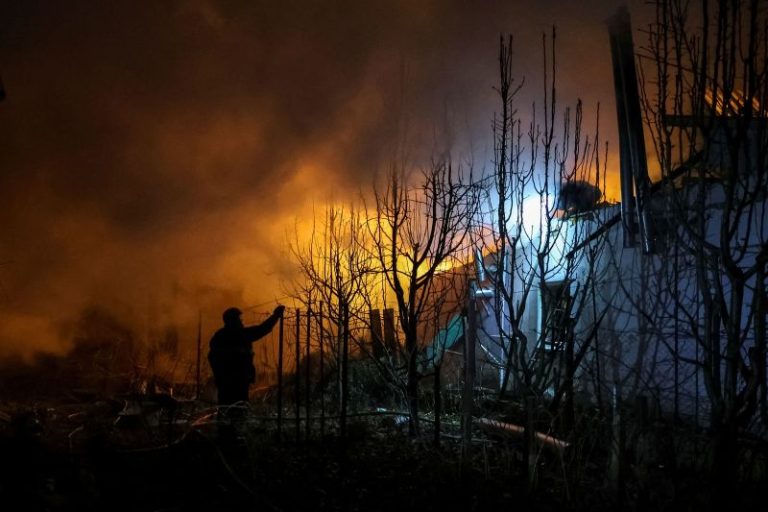Russian President Vladimir Putin cannot be allowed to “play games” over the US-backed ceasefire proposal in Ukraine, Britain’s Prime Minister Keir Starmer said ahead of a key summit of European leaders.
Starmer is hosting a meeting on Saturday of the “coalition of the willing,” a group of Western nations who have pledged to help defend Ukraine from Russian aggression in the face of dwindling and uncertain support from Washington.
After Kyiv this week accepted the terms of a 30-day ceasefire in Ukraine – endorsed by US President Donald Trump – Moscow’s response was ambiguous, with Putin saying that “we agree with the proposal” but also that the deal “wasn’t complete.”
Ahead of Saturday’s virtual summit, Starmer accused Putin of “trying to delay” the ceasefire deal, saying that “the world needs to see action, not a study or empty words and pointless conditions.”
“We can’t allow President Putin to play games with President Trump’s deal. The Kremlin’s complete disregard for President Trump’s ceasefire proposal only serves to demonstrate that Putin is not serious about peace,” he said.
Starmer is expected to press European and NATO allies during Saturday’s talks to “ratchet up economic pressure on Russia” and “to force” Putin into negotiations, according to a Downing Street statement.
Ukrainian President Volodymyr Zelensky is expected to attend the meeting of the “coalition of the willing” – an umbrella term Starmer has used for countries that want to defend a deal in Ukraine and guarantee peace after three years of war.
The coalition spans 25 countries, including European nations, the EU Commission, NATO, Canada, Ukraine, Australia and New Zealand.
Starmer will call on allies to “be prepared to support a just and enduring peace in Ukraine over the long term and continue to ramp up our military support to Ukraine to defend themselves against increasing Russian attacks,” Downing Street said.
To achieve this, European nations must “be ready to monitor a ceasefire to ensure” peace lasts, Starmer said.
Although Europe has shown considerable unity amid the blows the Trump administration has dealt to the transatlantic alliance, significant divisions remain over whether individual European countries are willing to deploy troops to Ukraine to keep the peace.
Trump said Friday that he got “pretty good news” on a potential ceasefire between Russia and Ukraine, without elaborating, and that his administration had “very good calls” with both countries earlier in the day.
In a separate post on Truth Social, Trump said “there is a very good chance that this horrible, bloody war can finally come to an end.”
He said in an interview taped Thursday that his administration would know a “little bit more on Monday” about the US-proposed temporary ceasefire.
Putin met with US special envoy Steve Witkoff on Thursday in Moscow – a visit that US Secretary of State Marco Rubio said gave “reason to be cautiously optimistic.”
With Kyiv losing its grip on the western Russian region of Kursk, its sole territorial bargaining chip, many believe that Putin may be delaying talks on the ceasefire proposal until the region is firmly back under Russian control.
Meanwhile the aerial assaults continued.
Russia fired 178 drones and two ballistic missiles at Ukraine overnight, killing at least two people and injuring 44, according to Ukrainian officials. The two were killed in Kherson region, the head of its military administration said, after Russia targeted critical infrastructure and residential buildings, damaging seven high-rise buildings and 27 houses.
Russia’s Defense Ministry said its air defenses had shot down 126 Ukrainian drones overnight, without saying how many drones bypassed its defenses.

